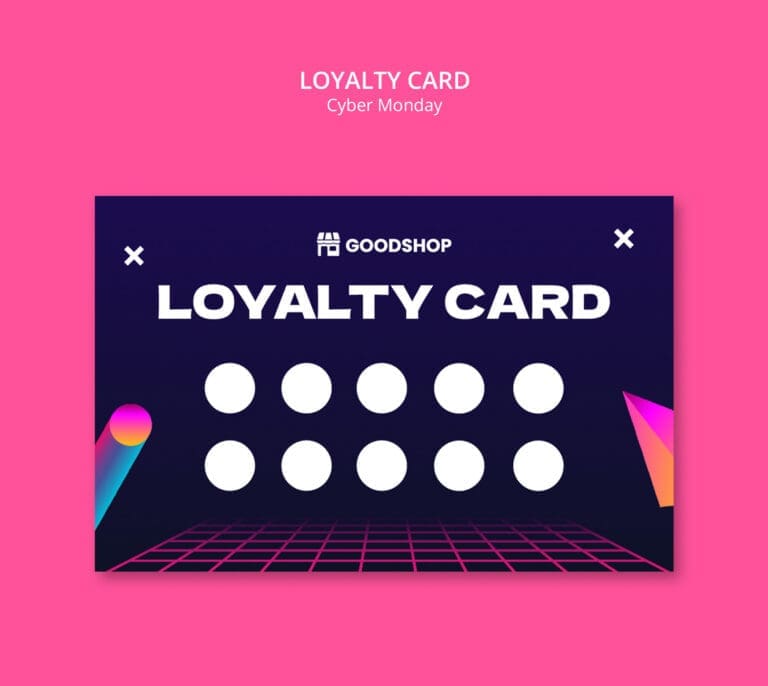Loyalty programmes in South Africa are big business. How big? According to a report released earlier this year by ResearchAndMarkets.com, the sector is set to be worth US$295 million (approximately R5.2 billion) this year. But it’s also an incredibly competitive sector.
Even with the average South African belonging to 10.3 loyalty programmes, there’s only so much use they can get out of them before they become redundant. If you’re signed up to the programmes of the big four grocers, you’re already at nearly half the average. And that’s without even starting on the loyalty programmes for petrol stations, insurers, and coffee shops.
So, how can businesses that run loyalty programmes ensure that their offering stands out? The temptation might be to have ever-increasing perks, points, and rewards. But then your competitors will just do the same, and over time, your loyalty programme will cease to be a way of attracting new customers. Instead, it will eventually just become an untenable cost.
The answer is instead to focus on making loyalty a rewarding experience rather than a ledger. Heck, let’s take it a step further: the best loyalty programmes aren’t the ones with the best rewards, they’re the ones that make people feel like they’re having fun.
Standing out in a competitive space

The best way to achieve that is through the effective use of gamification. Deployed effectively, gamification is one of the most powerful ways of unlocking human motivation. And for some sectors, being able to unlock that motivation is especially critical.
Take businesses in the “health and pharmaceutical” and “restaurant and coffee shop” spaces, for example. According to the 2024/2025 edition of the South African Loyalty Landscape Report, just 30% and 26% of customers, respectively, say that loyalty programmes will shift their purchasing patterns in those sectors.
That’s frustrating because those are two sectors that could see significant gains from loyalty programmes. Health and pharmaceutical companies can drive repeat visits through loyalty programmes. These businesses often provide essential, recurring products or services such as prescriptions, vitamins or health check-ups. By rewarding customers for regular purchases, they not only encourage consistent adherence to health routines but also build long-term trust and brand loyalty. In a highly regulated, competitive market where differentiation can be challenging, loyalty programmes can offer value beyond price by enhancing convenience, personalisation and care continuity.
Similarly, restaurants and coffee shops thrive on frequency and routine. Think about the cyclists or office workers who grab a coffee from the same place every day or the family that visits their favourite lunch spot weekly. For these businesses, loyalty schemes turn casual customers into regulars and regulars into advocates. In the food and beverage sector, margins are often tight, and customer acquisition can be costly, so increasing the lifetime value of each guest is essential. By offering rewards, exclusive offers or early access to new menu items, these venues not only keep customers coming back but also foster a sense of belonging and community. Those, in turn, are key ingredients in an industry driven by personal experience and habit.
Unlocking human motivation through gamification
The future of loyalty isn’t in more points, it’s in more play. Customers today aren’t just transacting; they’re engaging, comparing, and constantly switching. In this attention economy, brands that win will be those that turn loyalty into an experience, not a ledger.
The best way of doing so is through gamification. For those unfamiliar with the term, gamification refers to the use of game-like elements such as points, levels, rewards or challenges, in non-game settings to make activities more engaging and motivating. Done effectively, it taps into human motivation: curiosity, progress, purpose, and belonging. It’s why users chase badges, complete challenges, and return for streaks.
Unfortunately, most South African programmes are still built for yesterday’s consumer. In other words, they’re linear, transactional, and static. Changing that means adopting a new approach which focuses on progressive storylines, meaningful challenges, community and collaboration, and personalised game experiences.
Implementing these tactics in a loyalty programme makes people feel like they’re on a meaningful journey with clear goals, that they’re part of a community, and that their experience of the programme is tailored to their needs and habits.
Players, not point counters
Of course, there are local programmes that have successfully adopted gamification elements. Discovery Vitality used them so effectively, for instance, that you can hardly go into an office without someone talking about how many Vitality points they racked up that week.
But imagine how different things would feel if retailers, airlines, pharmacies, and coffee shops all made effective use of gamification. How much real, tangible loyalty could those businesses accrue if their customers felt like they were having fun rather than just dutifully trying to collect points?
- Alex de Bruyn, CEO of Let’sCreate

